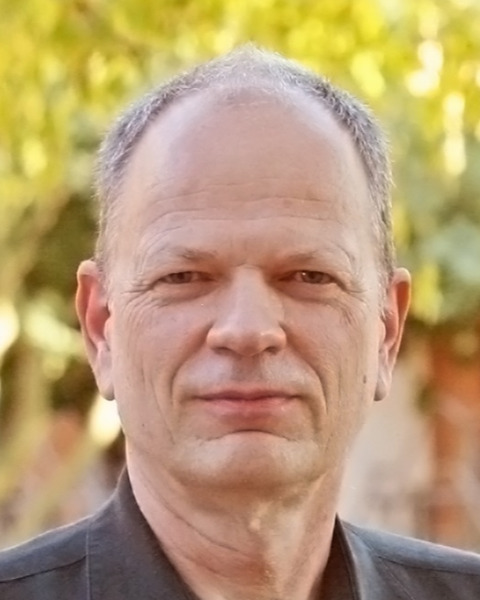10-Minute Presentation
Physiology, Biochemistry, and Toxicology
10-min: PBT, Life History Traits and Fitness 1
Age-resistant worker reproductive potential and effect of helpers on prolonged lifespan in an ant
Tuesday, November 12, 2024
8:00 AM - 8:12 AM MST
Location: Phoenix Convention Center, 224 A, PCC

Juergen Liebig (he/him/his)
Associate Professor
Arizona State University
Tempe, Arizona
Kevin Haight (he/him/his)
Senior Research Specialist
Arizona State University
Tempe, Arizona
Presenting Author(s)
Co-Author(s)
Aging theory suggests that animals should reproduce early at a cost to longevity, leading to a fecundity-longevity trade-off. Social insects with long-lived reproductive queens and short-lived helper workers are a notable exception to this pattern, primarily attributed to the effects of increased extrinsic mortality of workers performing risky tasks outside the safe nest environment. By creating different age groups of non-reproductive workers in the ant Harpegnathos saltator where workers can replace reproductive queens, we investigated the effect of age on reproductive and parenting abilities and the impact of help on lifespan. We show that isolated workers could become reproductive and raise offspring to adulthood despite commencing reproduction as old as twice the average non-reproductive worker lifespan. The lifespans of our experimentally selected old workers converged with those of the younger workers to a common lifespan maximum of about 600 days. However, most reproductive workers surviving beyond this point had produced at least one helper worker and showed an increase in lifespan up to 2.5 times above the convergence point. To test the hypothesis that helper workers increase the longevity of reproductives, we compared the survival of single reproductive workers isolated alone or with a helper and found a significant increase in longevity in the presence of helpers. Helpers may thus be instrumental to the longevity differences between reproductive and non-reproductive individuals in social insects, similar to that seen in cooperatively breeding birds and mammals.

.png)
